States Engaged in Heated Debates as Water Levels in Lake Mead and Lake Powell Continue to Drop
The Colorado River basin provides water to residents of seven states via two collection lakes, Lake Mead and Lake Powell.
However, as climate change has led to a significant decrease in water reserves in both lakes, the residents of the Lower Basin and Upper Basin states are now fighting a highly complicated legal battle to ensure they have enough water.
Understanding the Colorado River Basin
The Colorado River is one of the primary sources of water for Americans. At 1,450 miles long, the river is the 5th longest in the country and provides clean water for more than 36 million people in 7 states.
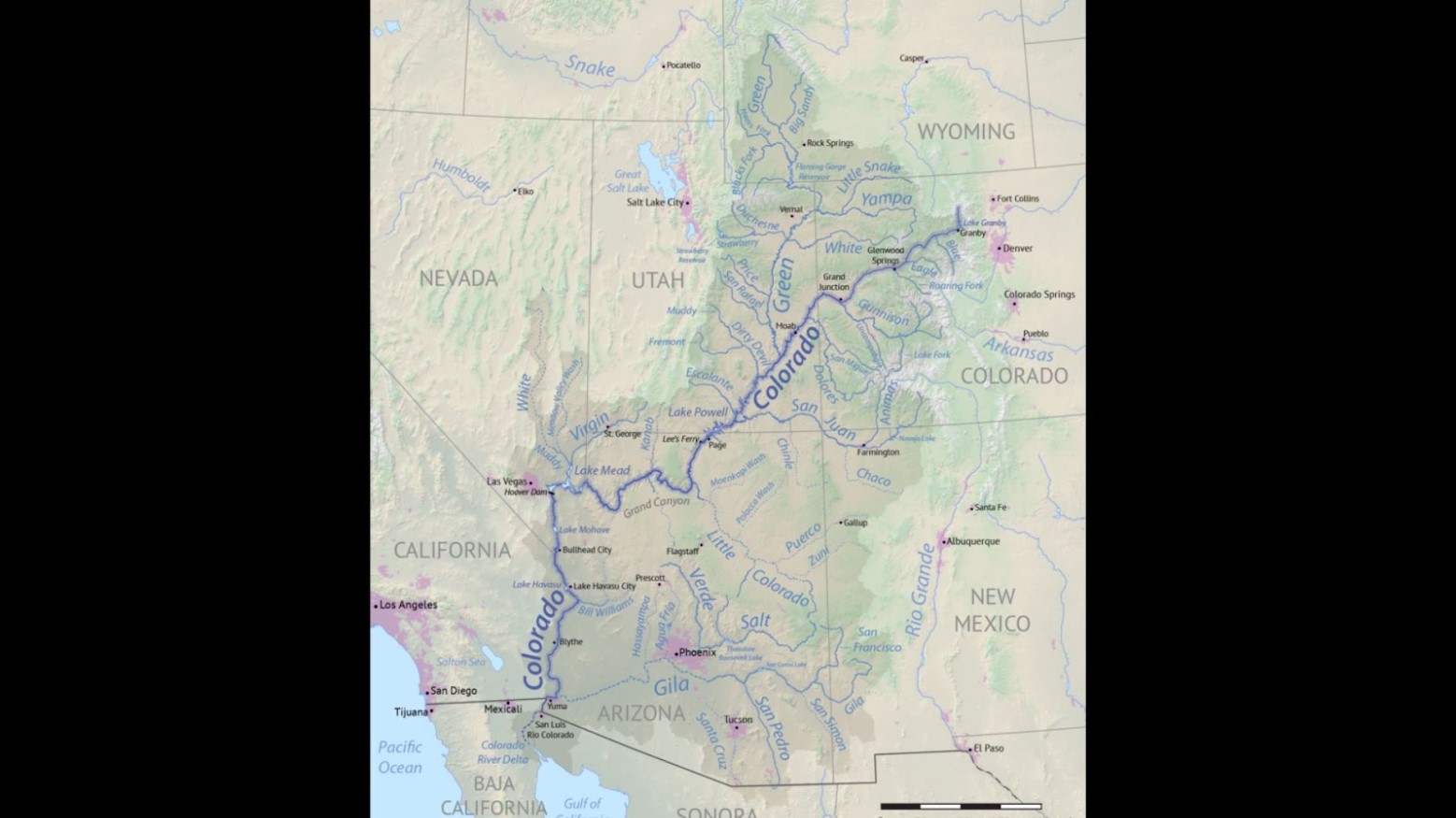
Source: Wikipedia
Since pioneers first headed West, the Colorado River has been an essential water source for Americans. However, for the first time in history, the river is drying up, and many are worried their homes and businesses will be without water in the very near future.
The Two Lakes That Provide Drinking Water to Millions
With the growing population of the states in the 20th century, many more people have become dependent on the Colorado River as a valuable source of water.
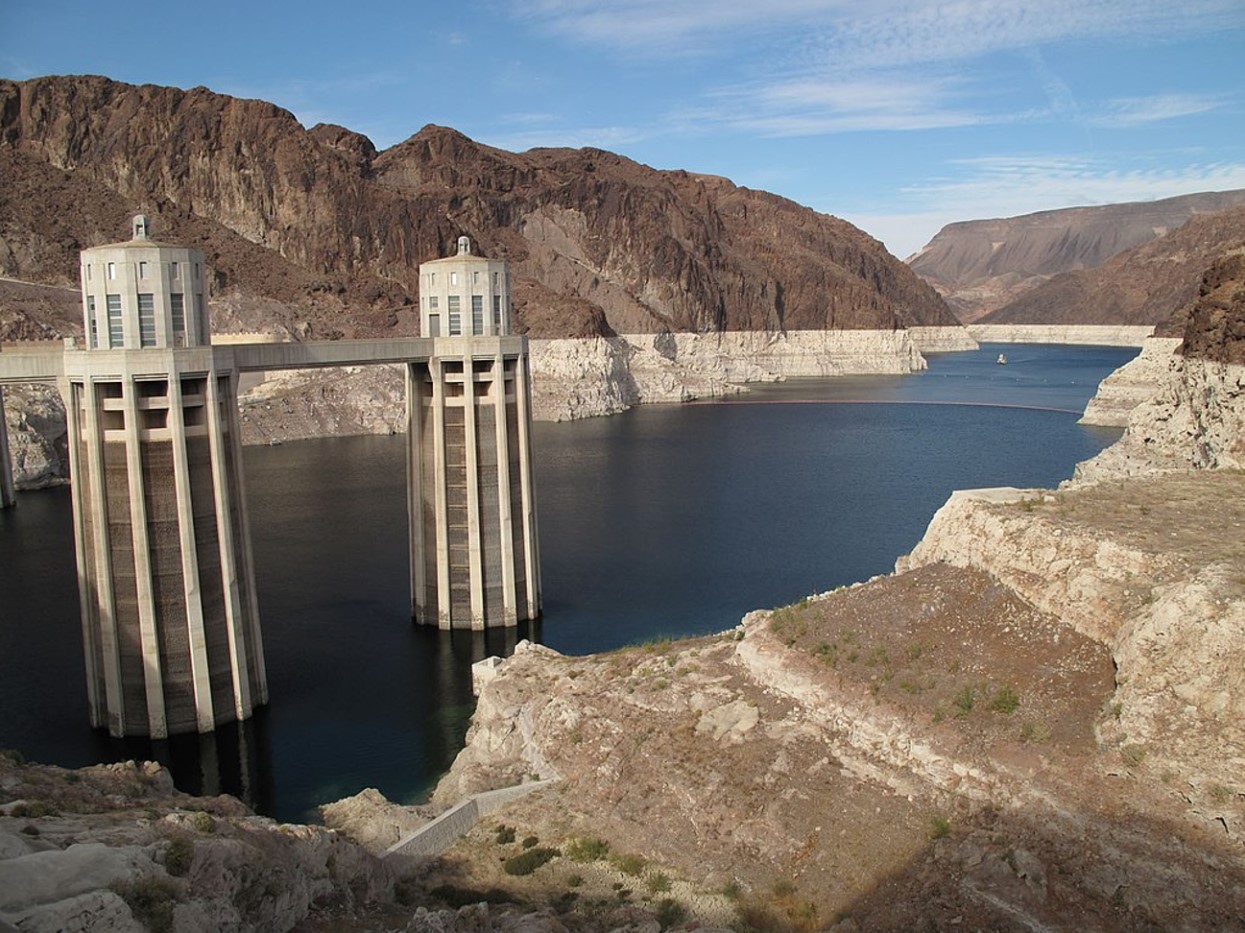
Source: Wikipedia
This led to the creation of Lake Mead and Lake Powell, two lakes that were built to collect the Colorado River water and distribute it efficiently throughout the region.
The Construction of the Hoover Dam and Lake Mead
The Hoover Dam was built to create Lake Mead, which has the largest water capacity of any reservoir in the country.
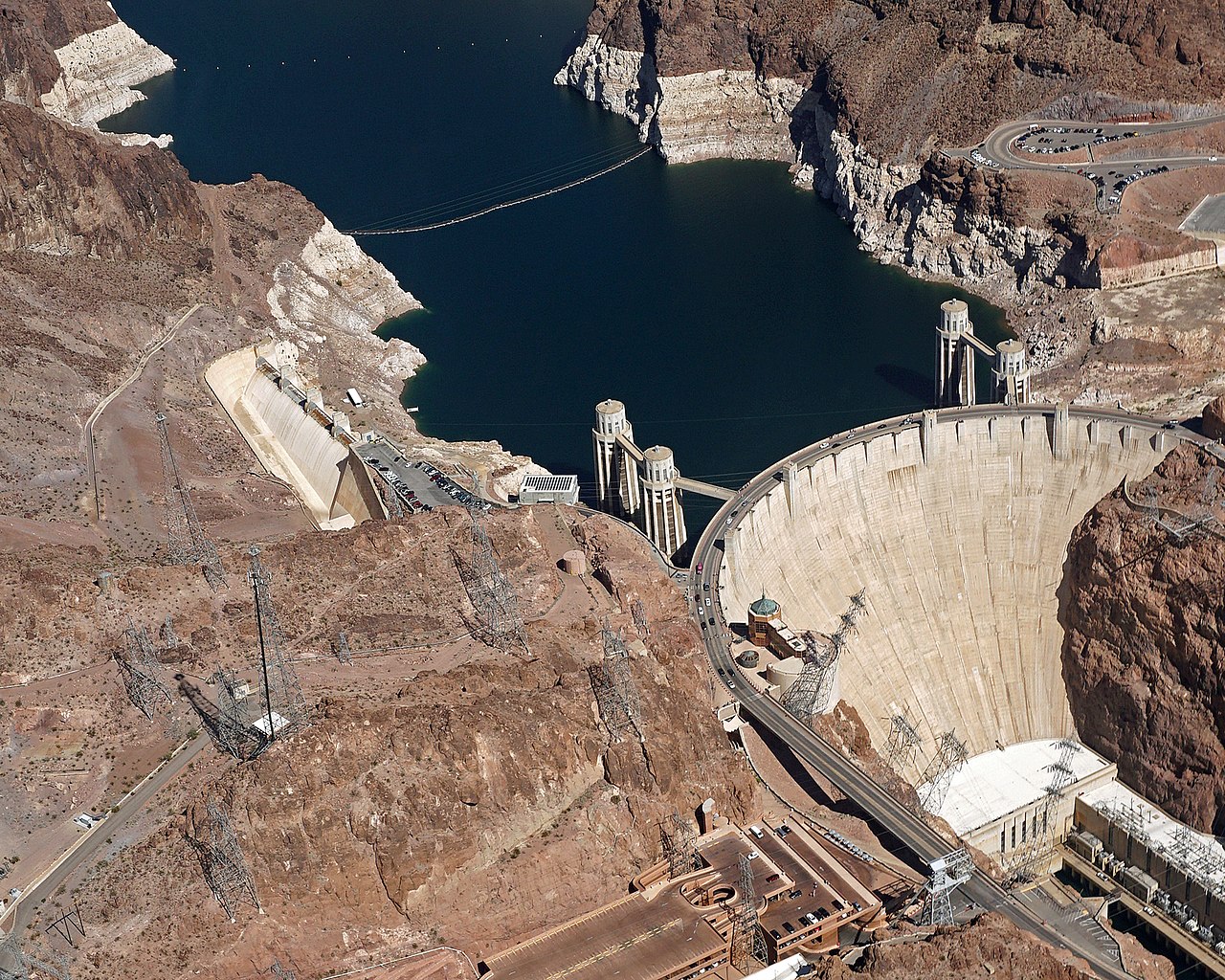
Source: Wikimedia
It’s located on the border of Nevada and Arizona and provides water for all of the Lower Basin States of Arizona, California, and Nevada.
Lake Powell Does the Same for the Upper Basin States
Lake Powell is located north of Lake Mead, on the border between Arizona and Utah. As the second-largest reservoir in the country, it serves the Upper Basin states of Colorado, New Mexico, Utah, and Wyoming.
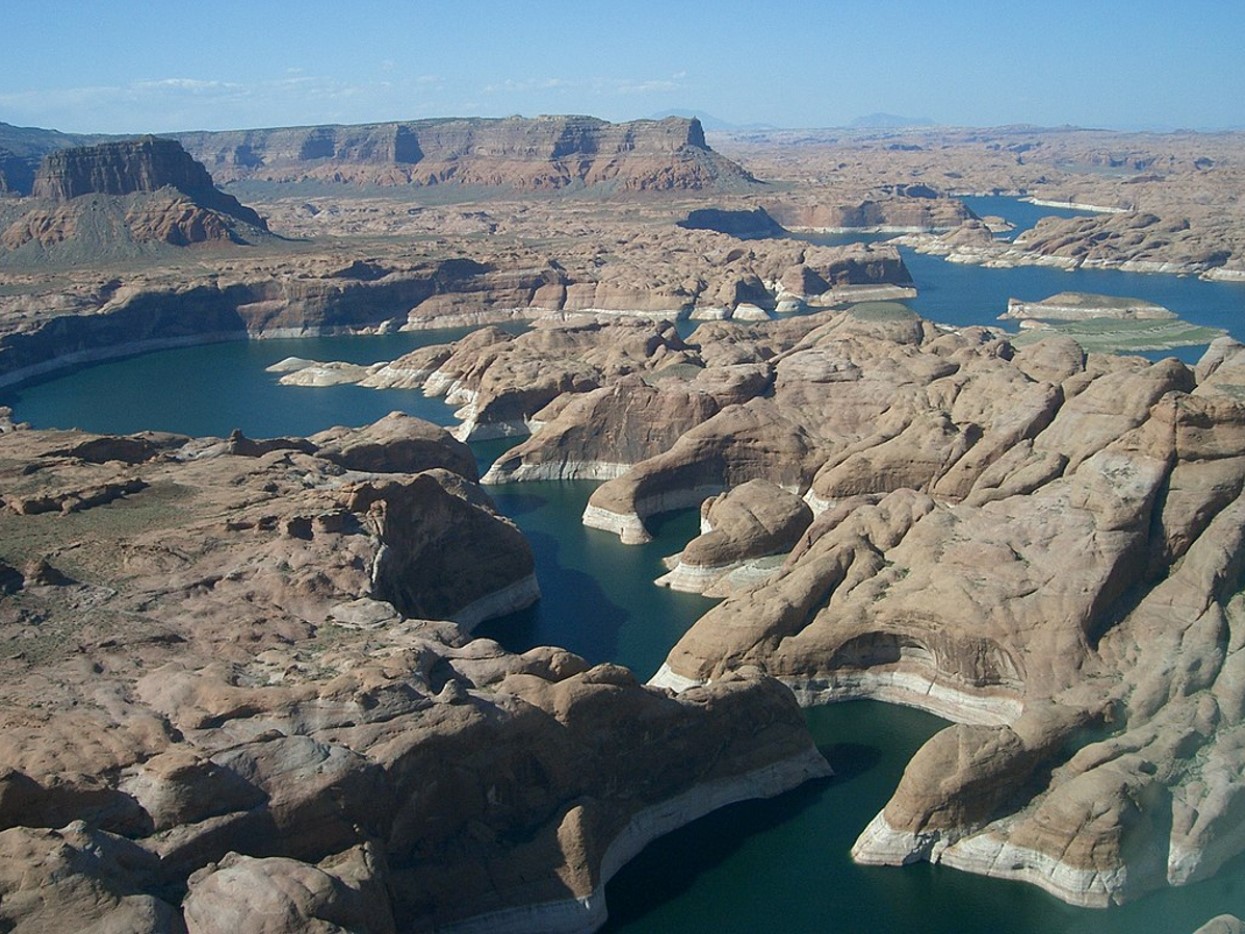
Source: Wikipedia
Lake Powell officially began filling in 1963 after the construction of the Glen Canyon Dam in northern Arizona was completed. When full, it can hold an unimaginable 26 million acre-feet of water.
Lack of Water Begins to Worry Americans
While both Lake Powell and Lake Mead were built to ensure Americans of the seven states had a source of water, problems have begun to arise in recent years.

Source: Nik Shuliahin 💛💙/Unsplash
For the first time in history, Lake Powell and Lake Mead are experiencing a hefty decrease in water supply. Naturally, residents of both basin areas are extremely worried
Two Proposals Have Been Sent to the Bureau of Reclamation
In response to the consistently decreasing amount of water in both reservoirs, both the Upper Basin and the Lower Basin states have sent proposals to the U.S. Bureau of Reclamation.

Source: USBR.gov
They are asking for amendments to the Colorado River Compact, which has been in place for more than a century. However, the Bureau cannot pass both proposals, as they have contradictory plans for the water within the Colorado River.
What Do the Lower Basin States Want?
The Lower Basin states are asking the Bureau to change the policy so the water level at Lake Mead is not the determining factor for water cuts.
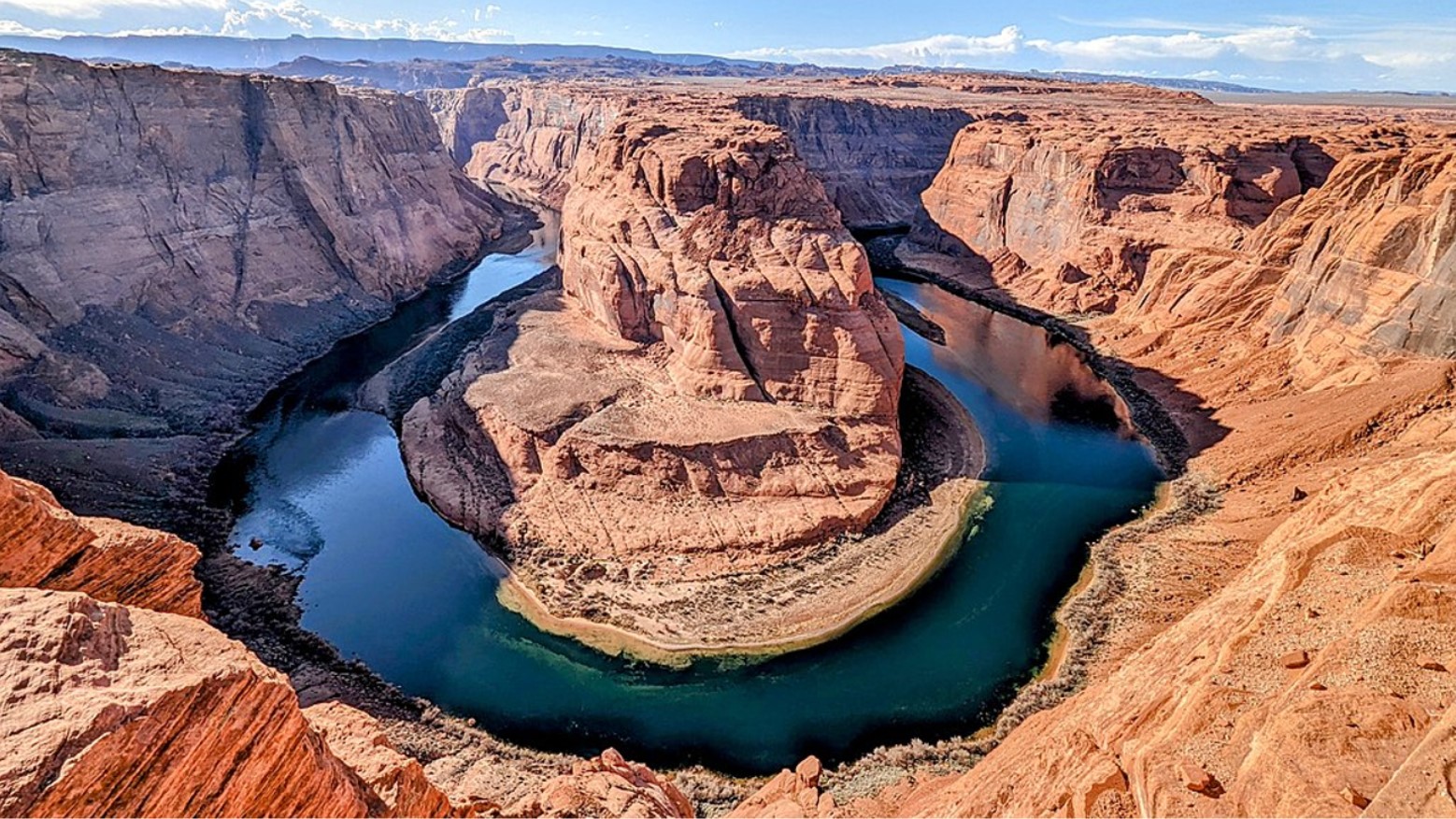
Source: Wikipedia
Additionally, they have postulated that whatever reductions come in the future should be divided evenly between the two basins.
Lower Basin States Call For States to Find Common Ground
During a joint statement issued by representatives of the lower basin regions, they have called for all seven of the states that depend on the Colorado River to find common ground.

Source: NASA/Wikipedia
The three states claim that while their proposal prioritizes the needs of its residents, it also “acknowledges that the best path forward for all users of the Colorado River is one that the seven states can unanimously support.”
What Do the Upper Basin States Want?
The four Upper Basin states didn’t mention any specific cuts to their water supply. Instead, the proposal suggested that the U.S. Bureau of Reclamation address the water shortages of Lake Powell and Lake Mead simultaneously.
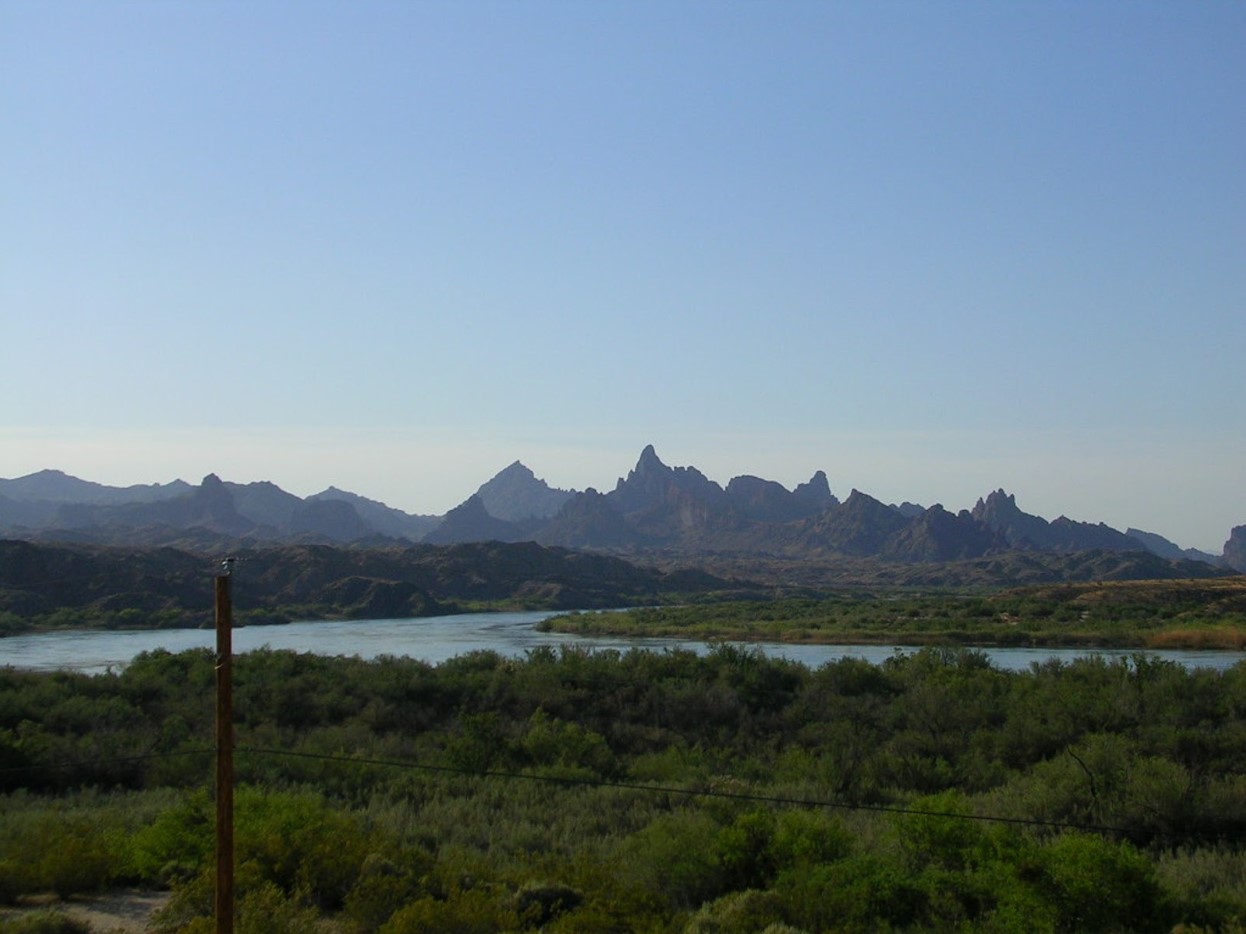
Source: Wikipedia
The Upper Basin also asked for “operations based on actual conditions—instead of unreliable forecasts” and “efforts to rebuild storage at Lake Powell.”
The U.S. Bureau of Reclamation Is Now Deliberating
Since receiving the two proposals, the U.S. Bureau of Reclamation has been considering both basins’ ideas, concerns, and requests and will hopefully make a decision about how to proceed fairly soon.
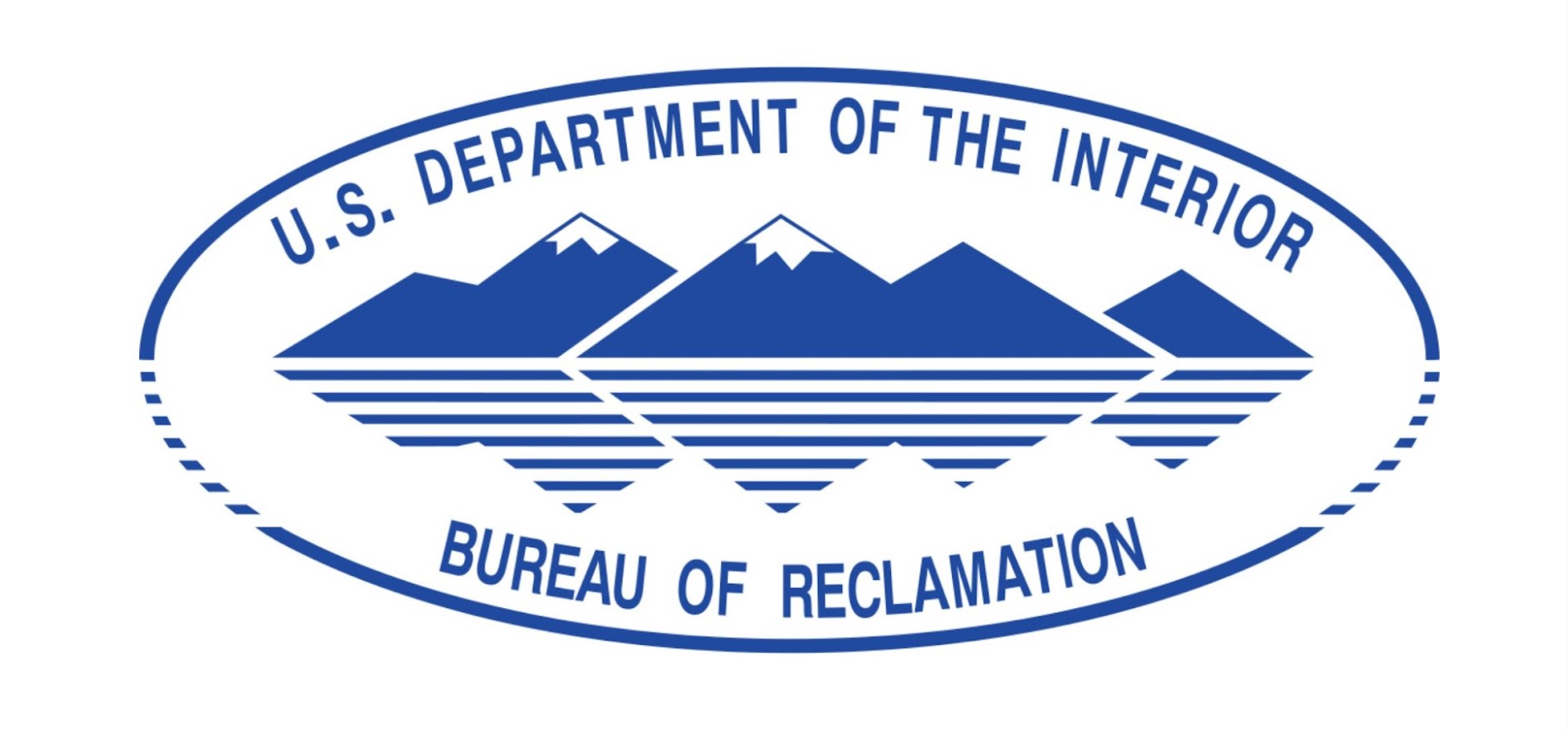
Source: Wiki Commons
It’s important to understand that while the proposals from the Upper and Lower Basins have different plans, the bottom line for both is the same. Without intervention, nearly 40 million people may struggle to have clean water within just a few years.
Why Are the Reservoirs Drying Up?
In addition to figuring out the next steps for the Colorado River Basin and its residents, the Bureau has had to ask the important question of why the reservoirs are drying up.

Source: Freepik
Of course, there are a plethora of reasons, including poor planning, long-term drought, and increased demand for water among the ever-growing populations of the 7 Basin states. However, there is no doubt that climate change is the number one culprit for the terrifyingly low water reserves.
A Twenty Year Drought in the Region
One of the most obvious reasons for the recent water shortages along the Colorado River is a nearly two-decade-old drought.

Source: Freepik
According to The Washington Post, over the past twenty years, water levels have dropped significantly due to the extended drought.
The Beginning of the Drought
The drought affecting the water levels at Lake Powell and Lake Mead began in 1999.
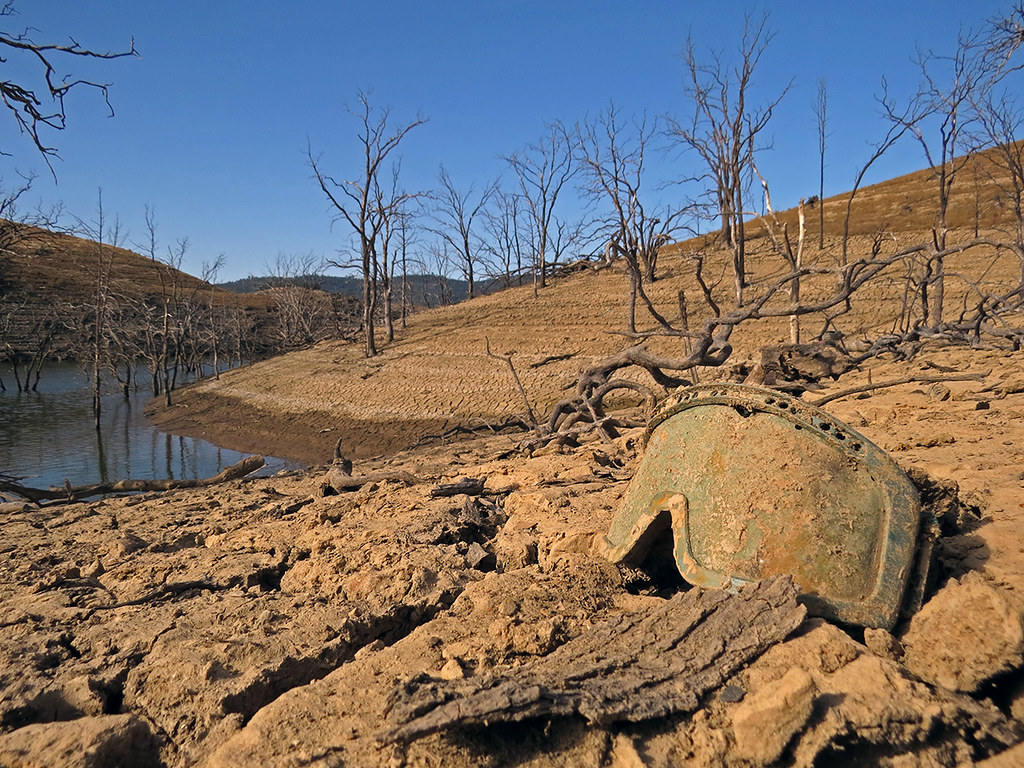
Source: Ben Amstutz/Flickr
Just before, the lakes collectively held close to 48 million acre-feet of water. In 2024, this number dropped to around 13 million acre-feet.
Not Enough Water Coming Through the Colorado River
One acre-foot of water is equal to around 326,000 gallons, which could supply three average-sized homes with water for an entire year.
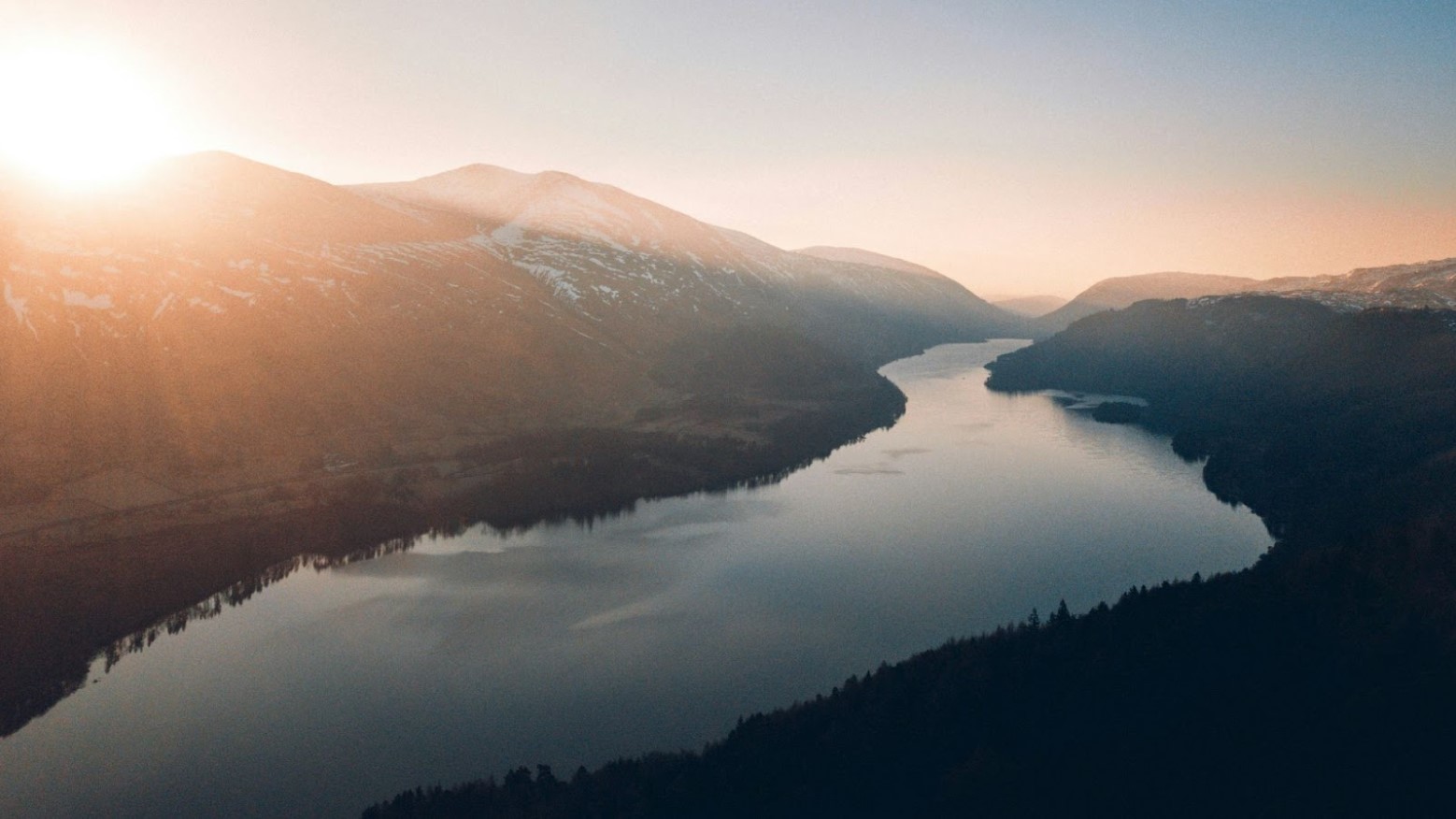
Source: Jack Anstey/Unsplash
However, James Prairie, the Bureau of Reclamation’s research chief for the Colorado River, claims the water being used by the basin states has exceeded what’s coming through the river.
Americans Push the River to its Limit
According to Prairie, the increased population of the basin states has begun to negatively affect the Colorado River and, thus, the reservoirs.

Source: Freepik
“These reservoirs have served us for 23 years, but we’re now pushing them to their limits,” he said.
Climate Change Is Directly Affecting the Water in Lake Mead and Lake Powell
Over the past decade, it has become unquestionably clear that climate change is not only real but is swiftly affecting the Earth’s temperatures, weather, and even chemical makeup to the point where the planet may never be able to recover.
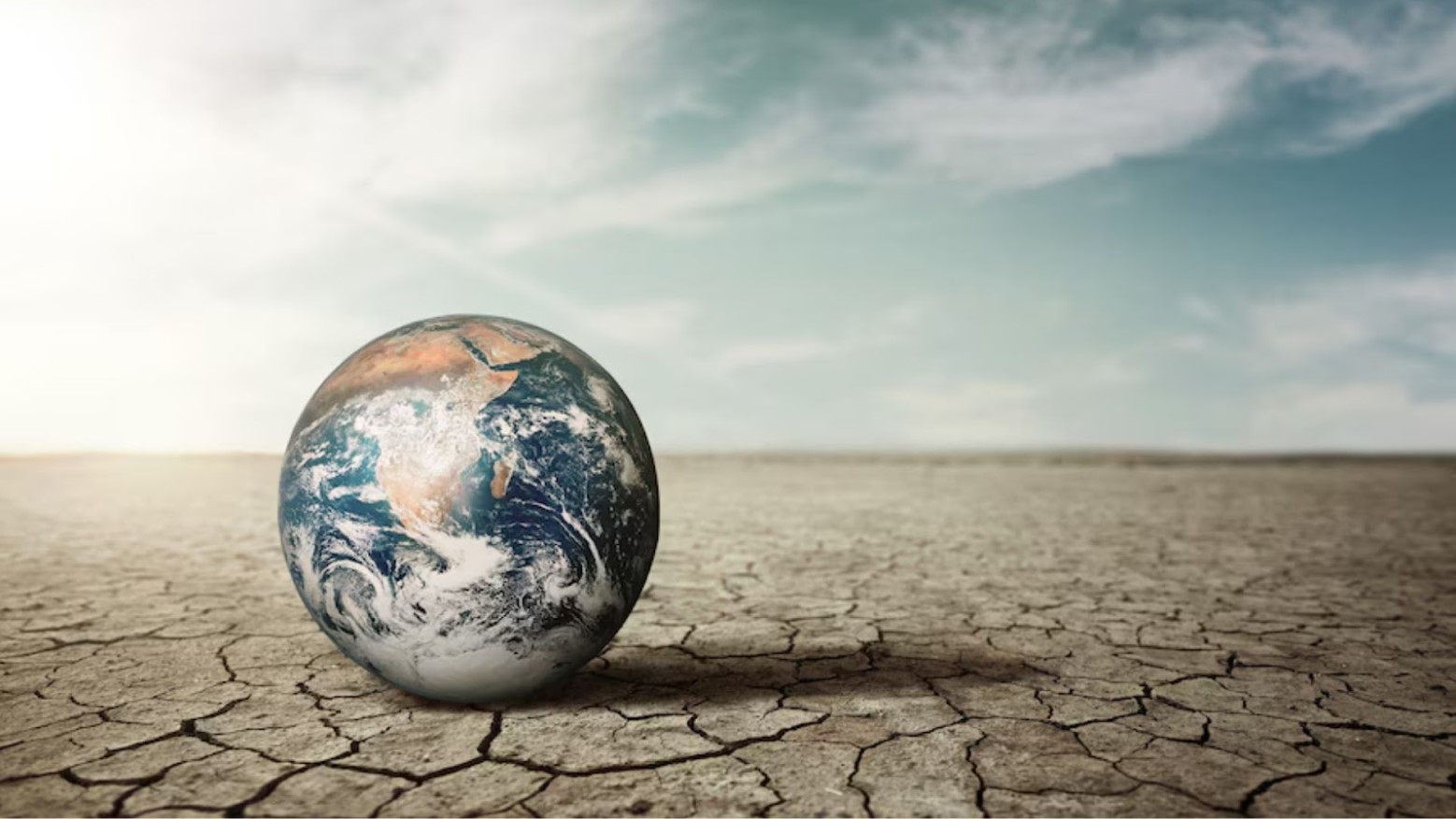
Source: Freepik
Extreme weather, such as heat waves, minimum rainfall, increased evaporations, and disappearing glaciers, is affecting the water supply of rivers around the world, including the Colorado River.
Snow Run Off No Longer Reaching Lakes
Over the past few years, scientists have noticed an alarming trend. According to their research, snow from the mountains is struggling to reach the lakes below.
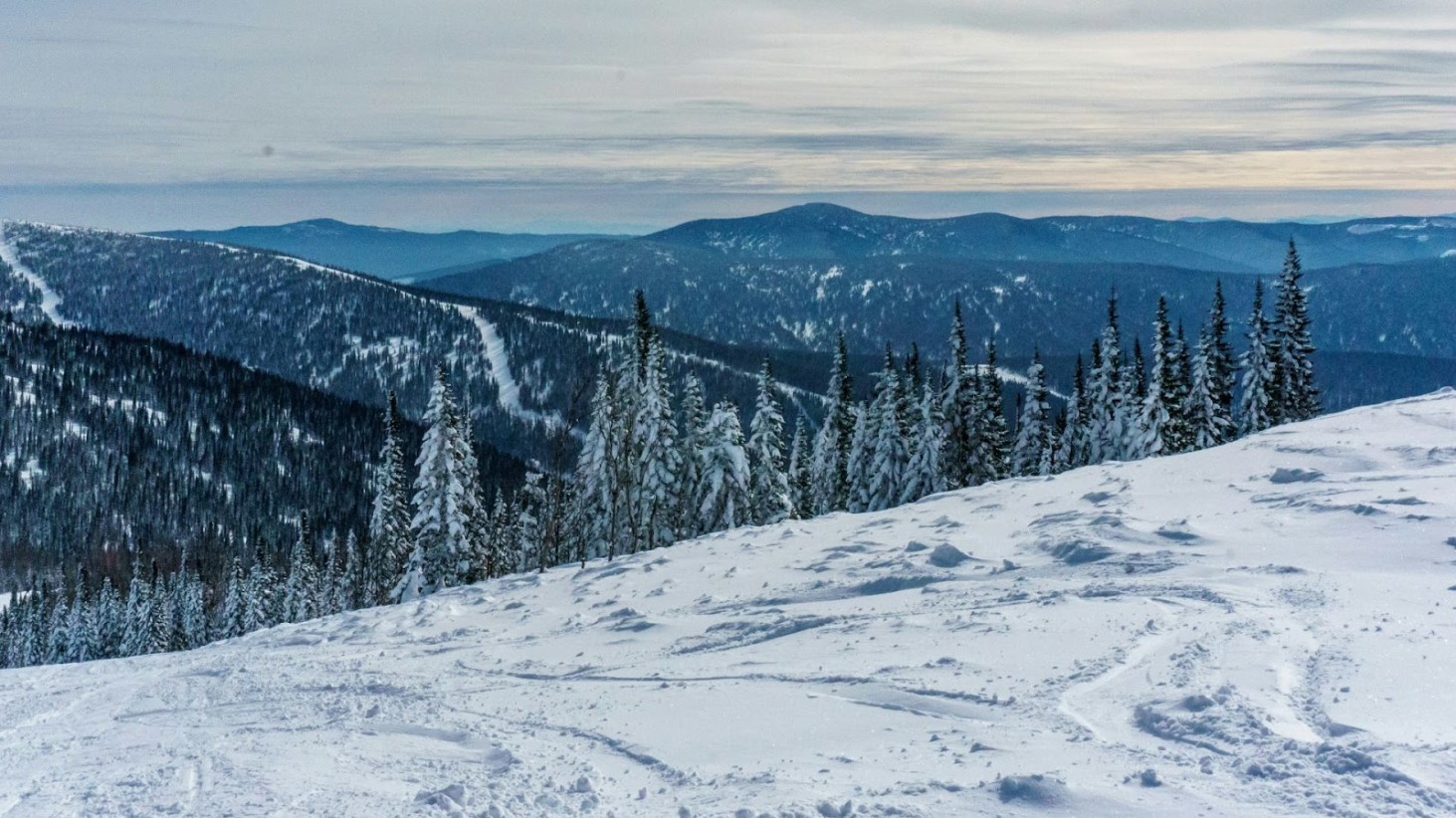
Source: Roman Purtov/Unsplash
In 2023, the region experienced a good level of snowfall, with around 90% of the normal average falling to cover the landscape. However, only about 60% of the runoff managed to reach the reservoir. In 2021, on average, the same amount of snow fell, yet less than 30% reached the reservoirs.
Why is the Snow Failing to Reach the Reservoirs
Scientists believe the effects of a changing climate may be behind the lower levels of runoff reaching the reservoirs.
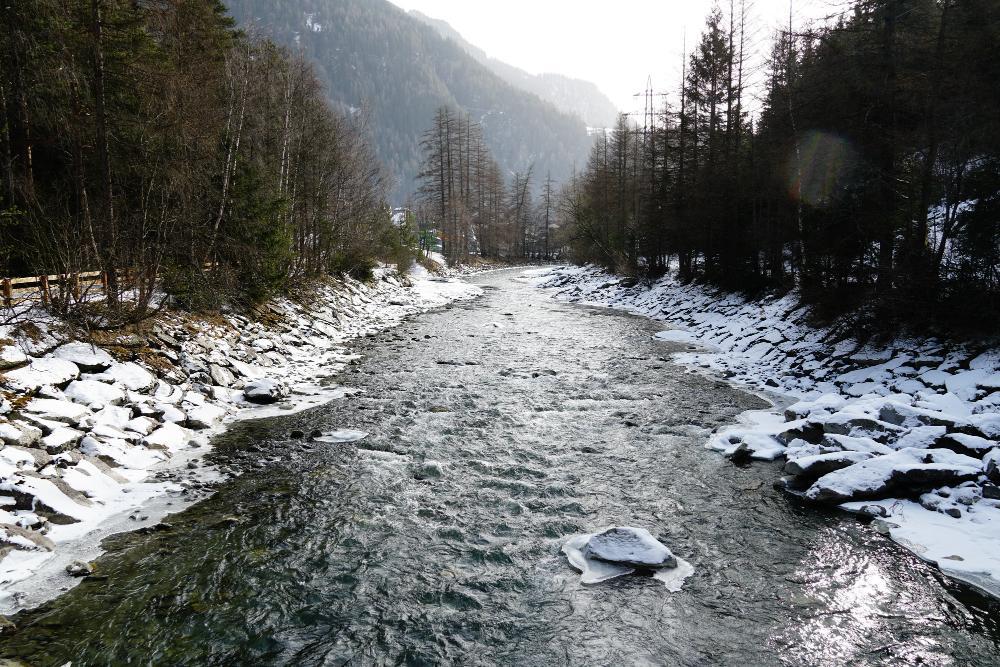
Source: Freepik
Due to drier and hotter conditions, much of the snowpack runoff is being soaked up by the soil before it has a chance to drain into the reservoirs.
Combating Climate Change Will Take Decades
The governments of the world are hard at work trying to find new and better ways to save this planet we call home.
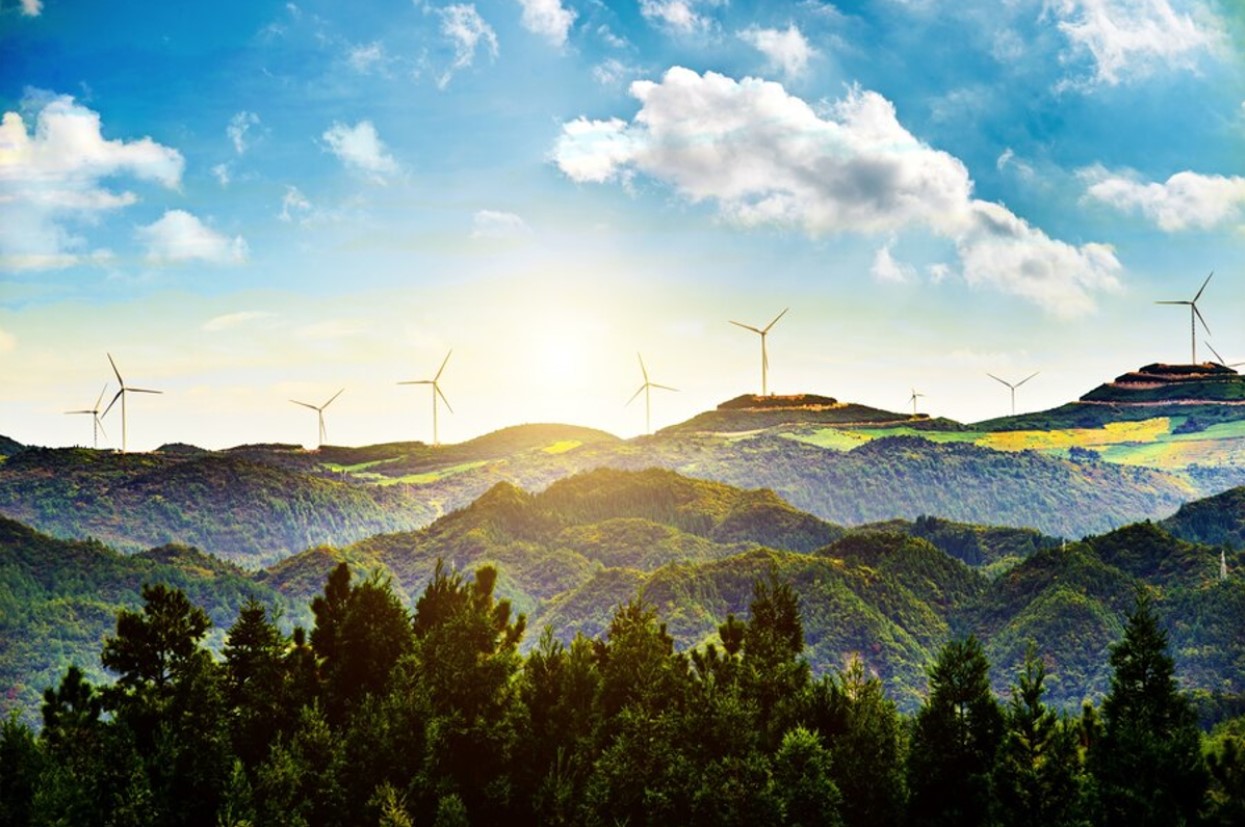
Source: Freepik
While several vital ideas have been proposed and even some policies have been put in place, realistically, it will take decades before the Earth sees any real reprieve from the changes.
The US Bureau of Reclamation Needs to Come Up With a Plan
In the meantime, it’s absolutely essential that Lake Mead and Lake Powell have enough water to supply their millions of dependent residents.

Source: Freepik
It will be left to the U.S. Bureau of Reclamation to devise a plan that can ensure all of the states in the basin region receive an adequate amount of water to support their citizens.
Will the Basin States Run Out of Water?
The sad truth is that the Basin states could run out of water if Lake Mead and Lake Powell are not properly cared for over the next few years.
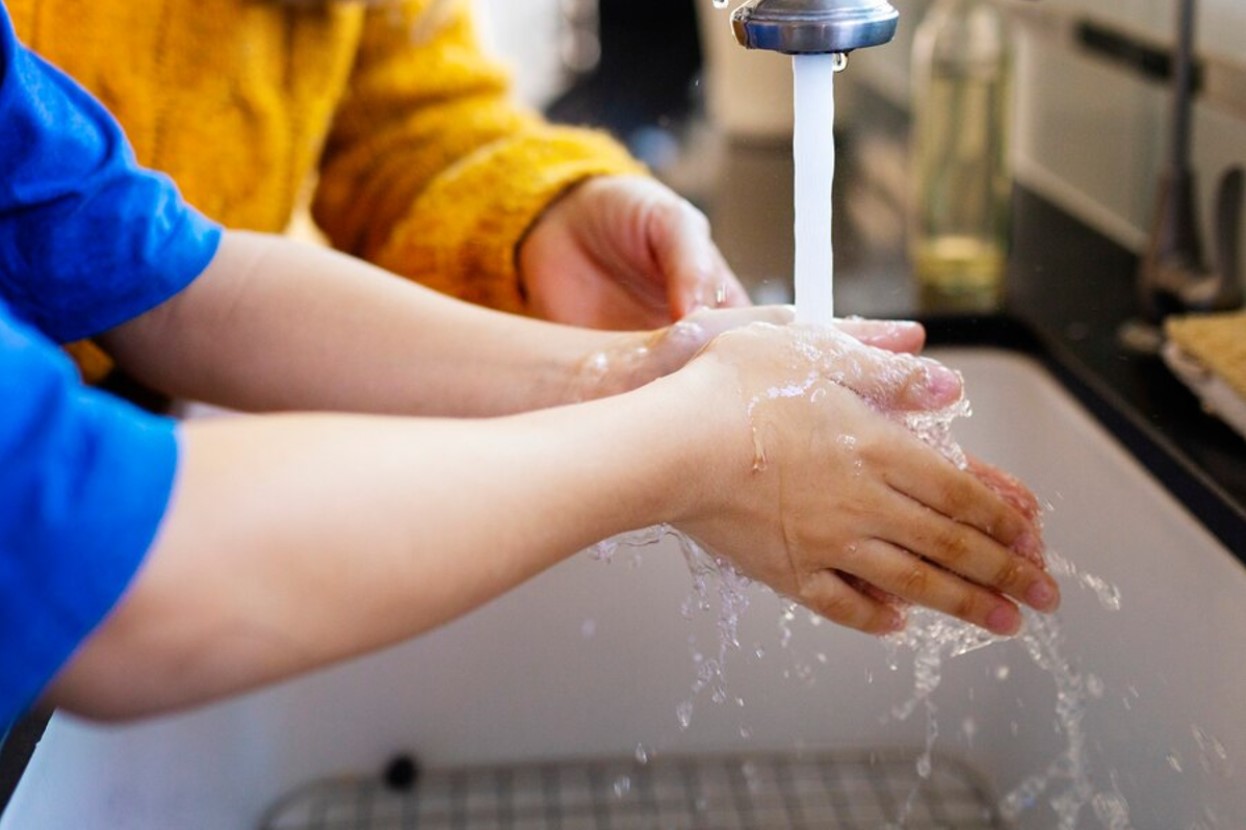
Source: Freepik
So, while both the Upper and Lower Basins are hoping the majority of their proposals are approved by the Bureau, it’s probably safe to say that either way, they just want to ensure they will be able to have water running from their taps.
$1.2 Billion Dollar Plan
Towards the end of last year, the lower basin states reached an agreement to reduce their water use in exchange for a significant payment from the federal government.
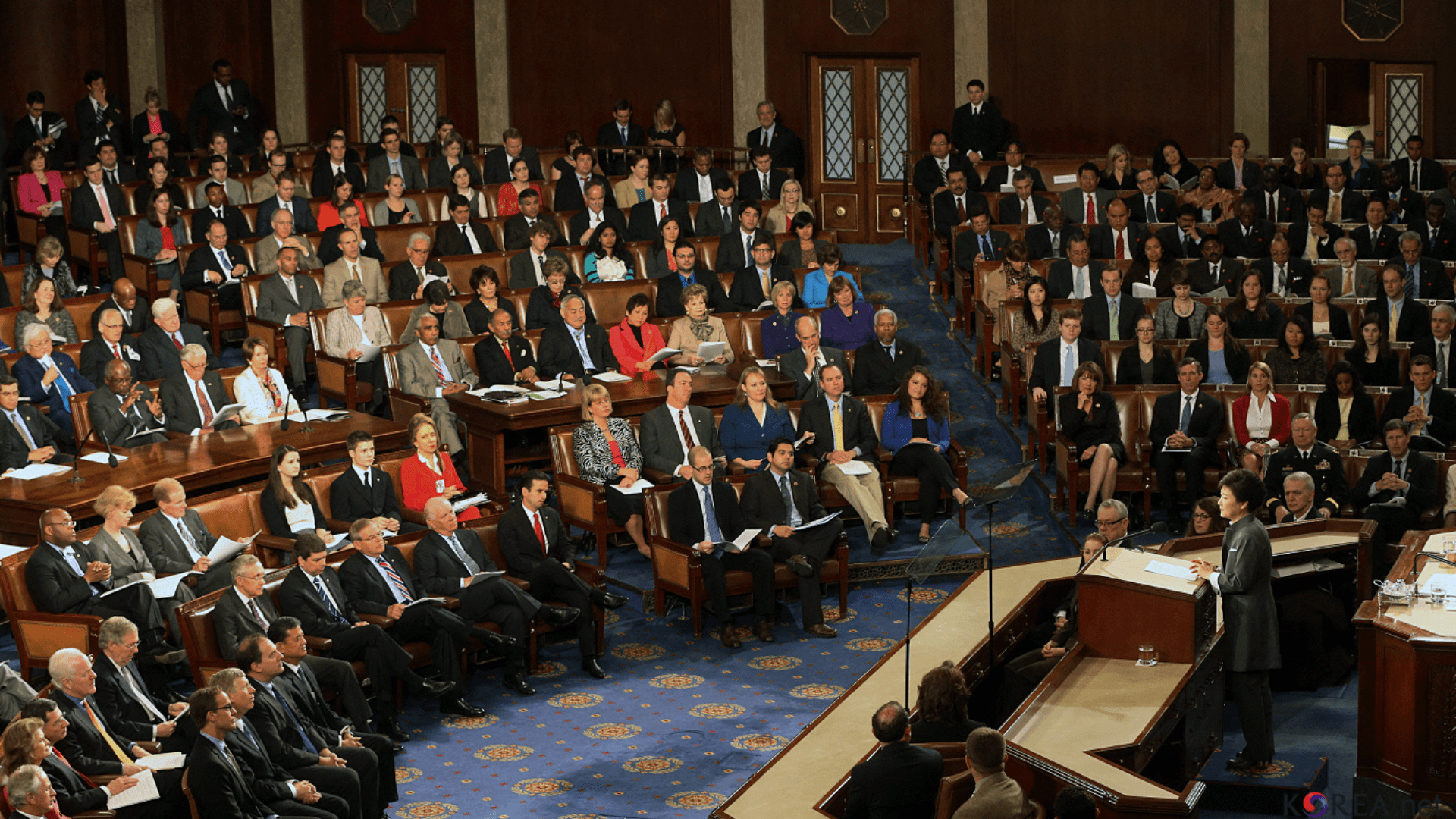
Korean Culture and Information Service/Wikimedia Commons
In total, the plan would cost around $1.2 billion and could conserve as much as 3 million acre-feet of water over the next three years, per AP News.
Steps Towards Ensuring the Longevity of the Colorado River
The amount of water was less than what federal employees predicted as necessary to steer clear of a potential crisis in the river.
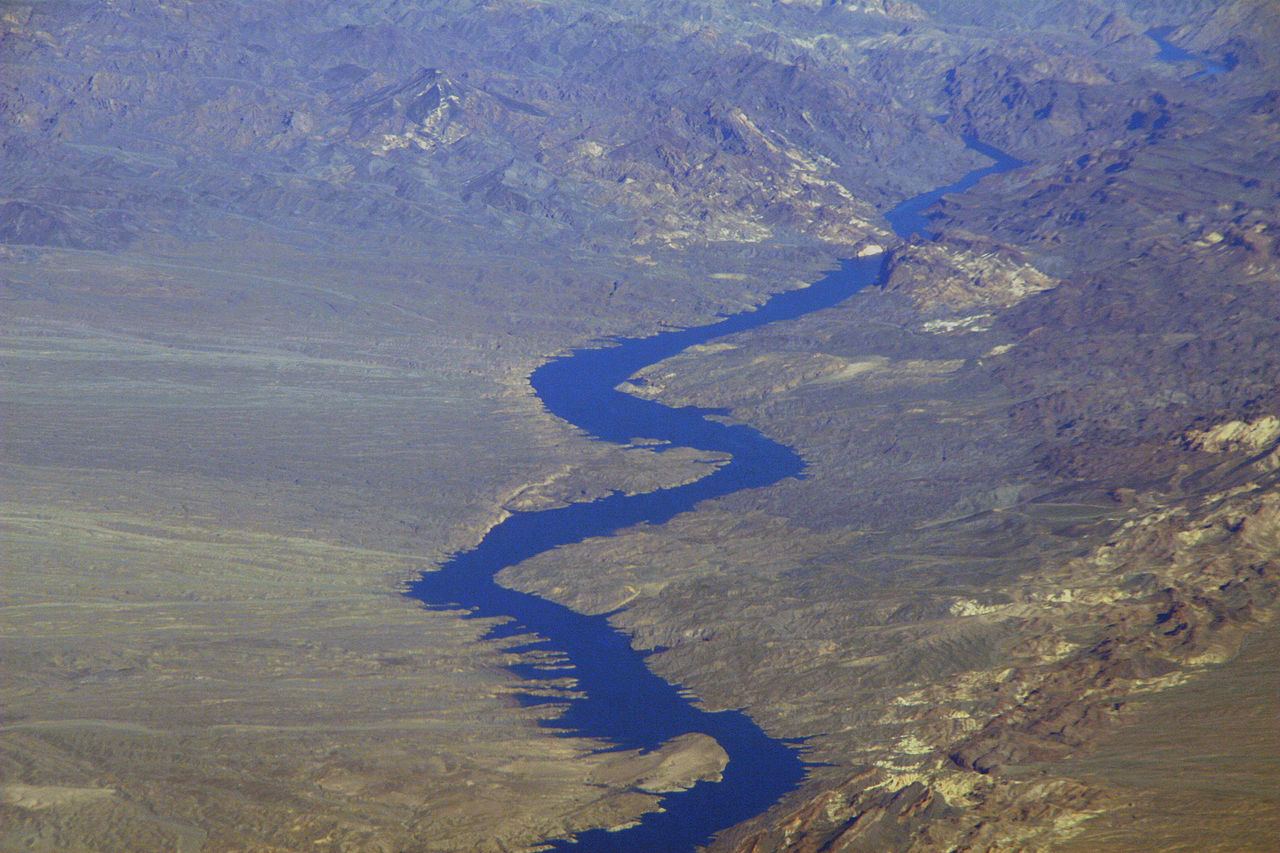
Source: Wikimedia
However, it marked the end of an extended stalemate between the states that depend on water from the Colorado River and ultimately gives the U.S. Bureau of Reclamation more time to devise a long-term solution.
